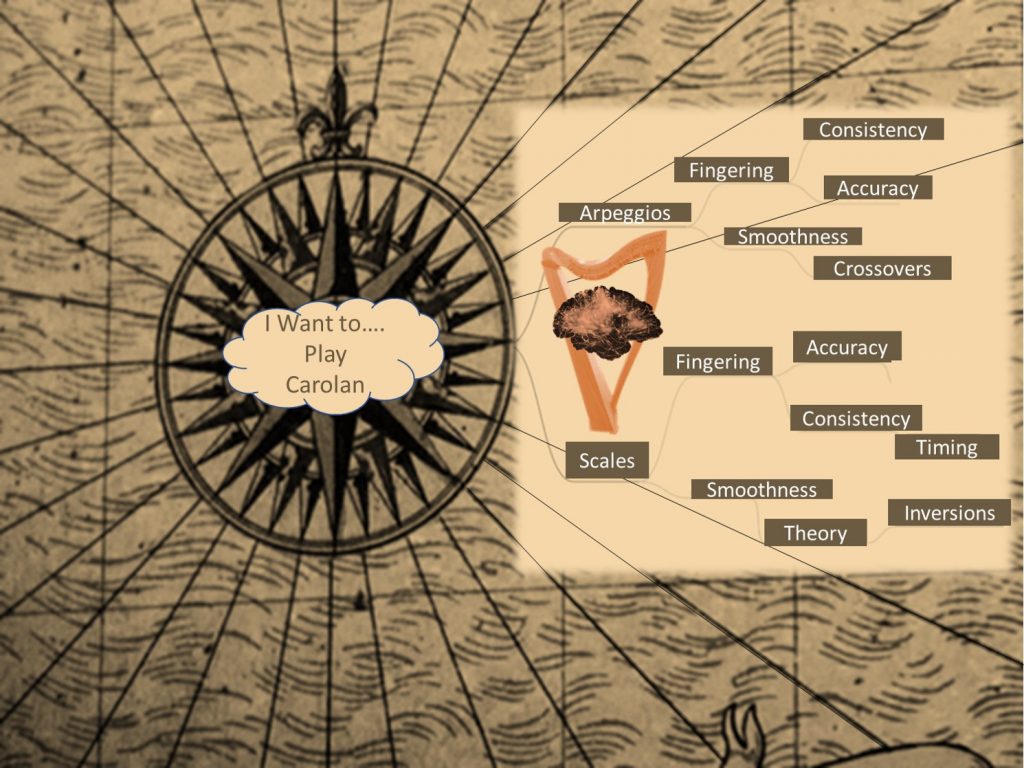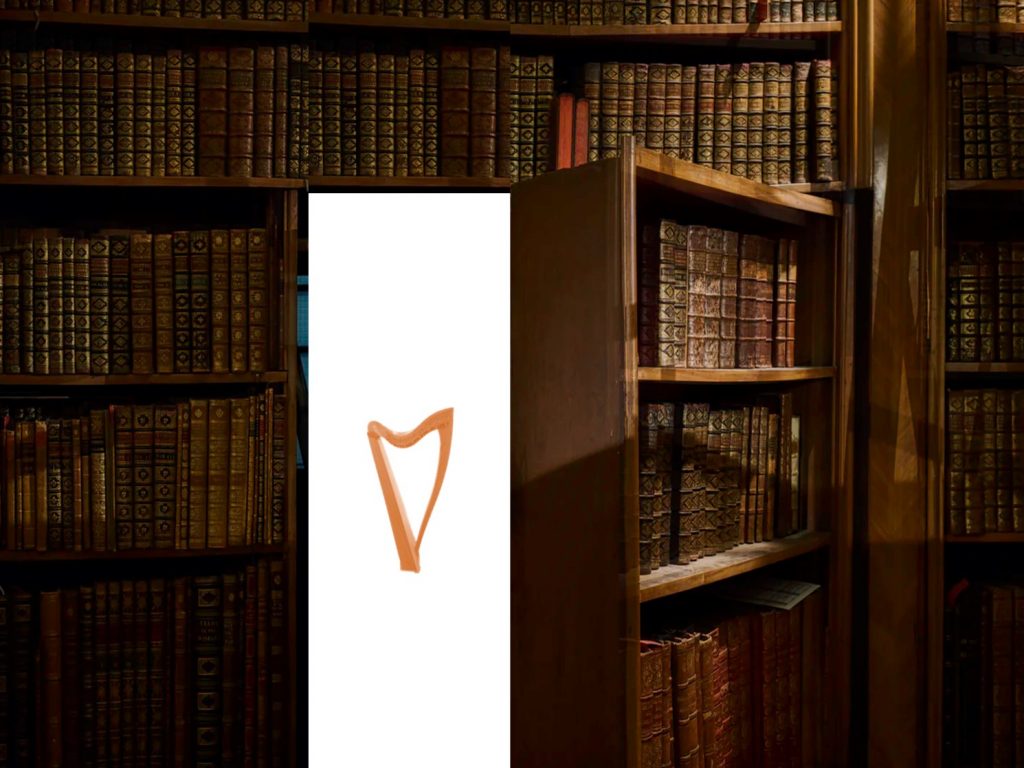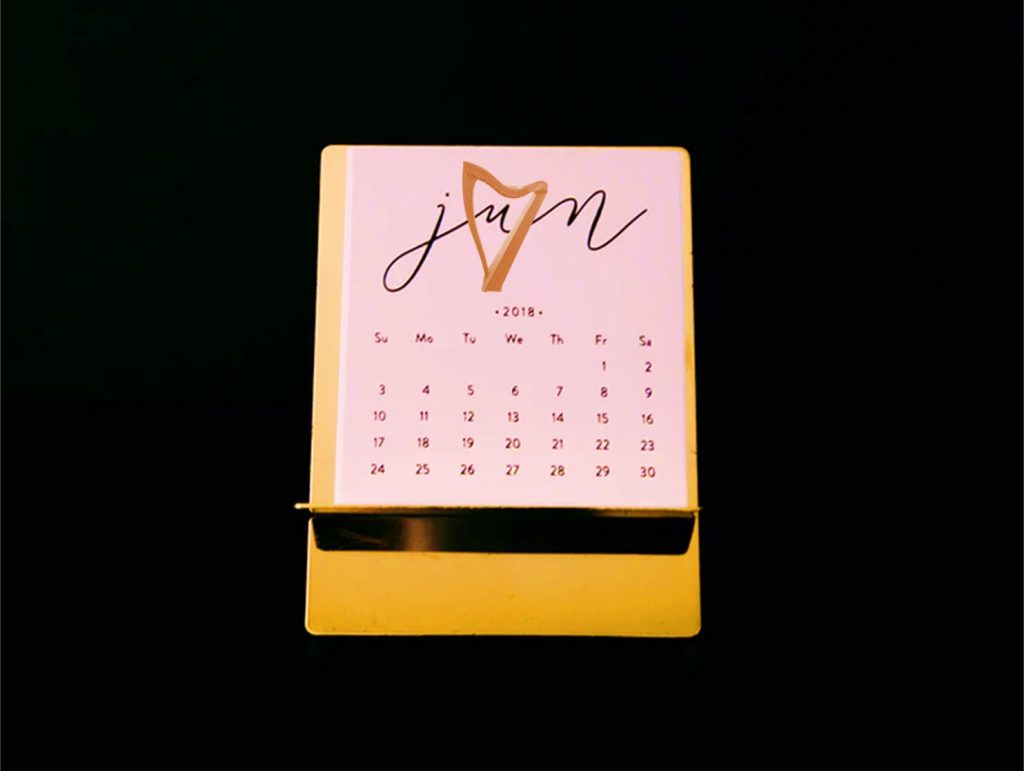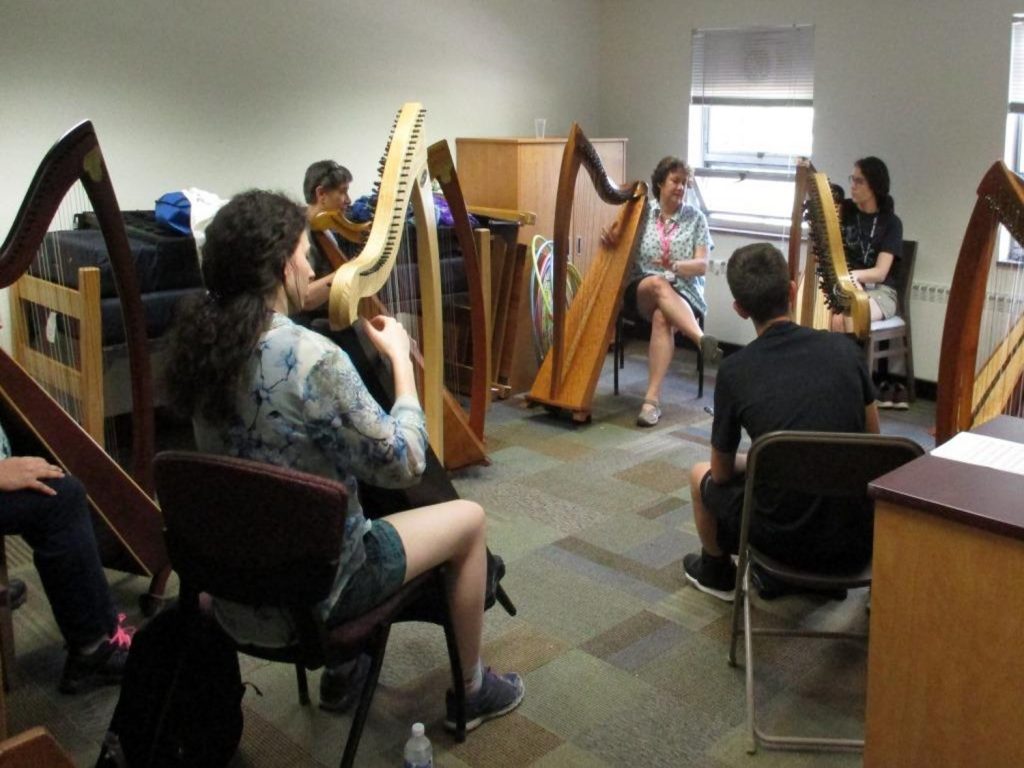This has been a year of upheaval and I know many of us are feeling it keenly! But we’ve all mustered on, doing what we can – for ourselves and for others – trying to live in what is laughingly called the “new normal” rather than being dragged down by “what might have been”.
I LOVE the Ohio Scottish Arts School! It has been pivotal in my life as a musician and as a person – some of my dearest friendships have grown from this one week in the summer. In addition, I probably wouldn’t be playing the harp at all if I hadn’t found OSAS. I am not exaggerating – as much as I love orchestral music (and the harp for that matter), I am confident I would not have endured playing solely from that repertoire. OSAS helped point me in the right direction and I haven’t looked back!
And I LOVE teaching at OSAS, so I was excited to be doing so again this summer! But when the pall spread across the earth, I was sad that we would all miss out on it. The fun. The friends. The great students. The great tunes. Sigh.
Enter the Virtual Ohio Scottish Arts School! When the decision was made to go virtual, I was delighted and excited! (but you knew that from my earlier post). Virtual OSAS – a new twist for slightly twisted times!
 We had meetings to figure out how we were going to do this.
We had meetings to figure out how we were going to do this.
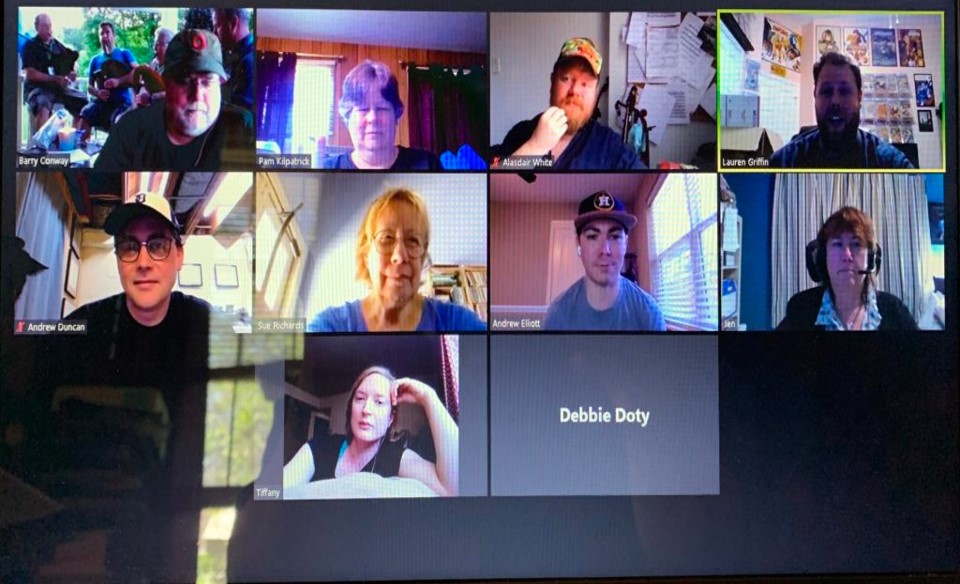 And we kept saying, “It’ll be great. It’ll be easy. It’ll be fine”, and Debbie Doty – our beloved director, leader, Mom would agree, while making this face:
And we kept saying, “It’ll be great. It’ll be easy. It’ll be fine”, and Debbie Doty – our beloved director, leader, Mom would agree, while making this face:
 But we kept planning and we kept preparing and we worried (a little) that people wouldn’t come. But we pushed on, learning how to Zoom, polishing up our tunes to share, working together to figure out how everything would work together. You know, being the OSAS family!
But we kept planning and we kept preparing and we worried (a little) that people wouldn’t come. But we pushed on, learning how to Zoom, polishing up our tunes to share, working together to figure out how everything would work together. You know, being the OSAS family!
OSAS Alumnae who are known for their hi-jinks and wicked senses of humor made thoughtful, heartfelt testimonials to encourage previous students to return and potential students to come along. And come along they did. Being virtual means that people who previously couldn’t get to Ohio can be a part of the week! And many students from previous years are also coming! So exciting! Even more exciting? The Harp Class filled before the registration deadline hit!
HARPHARPHARPHARP!
This week, OSAS will go on. We’ll be TogetherApart – playing our harps, sharing great tunes, learning, and laughing – social distancing by entire continents or oceans!
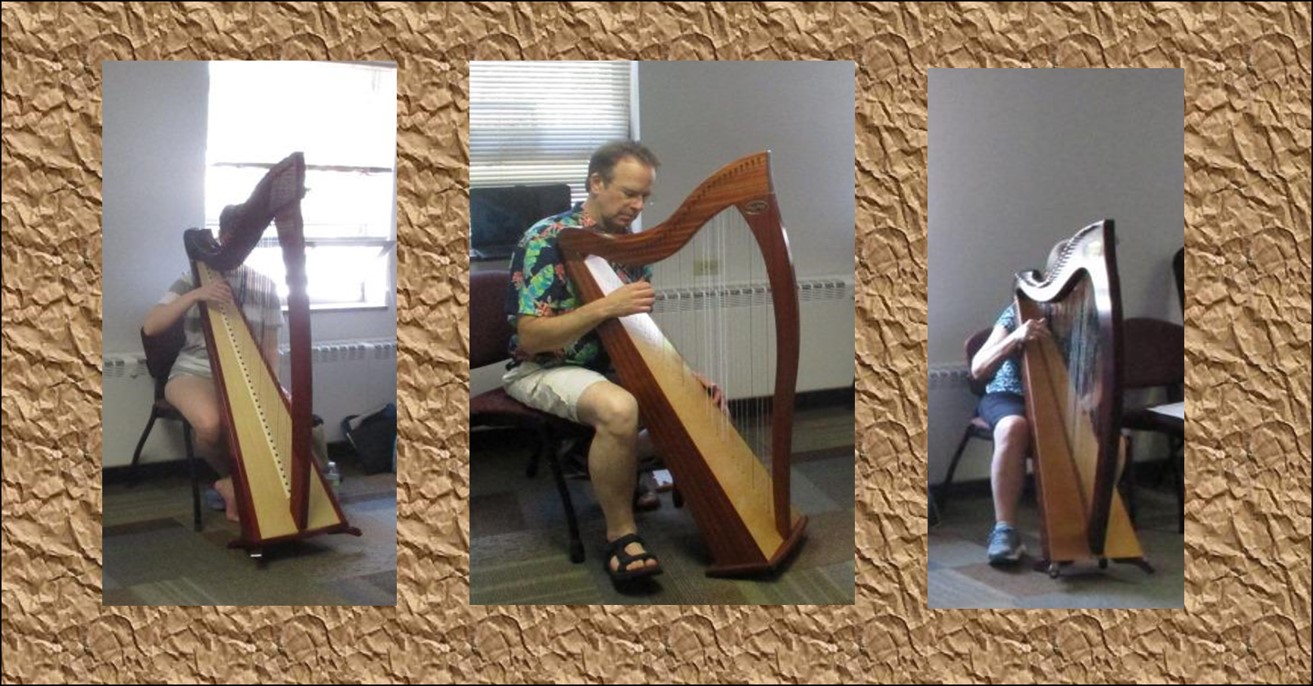 And looking forward to having a whole set of new tunes to play together when we can be together.
And looking forward to having a whole set of new tunes to play together when we can be together.
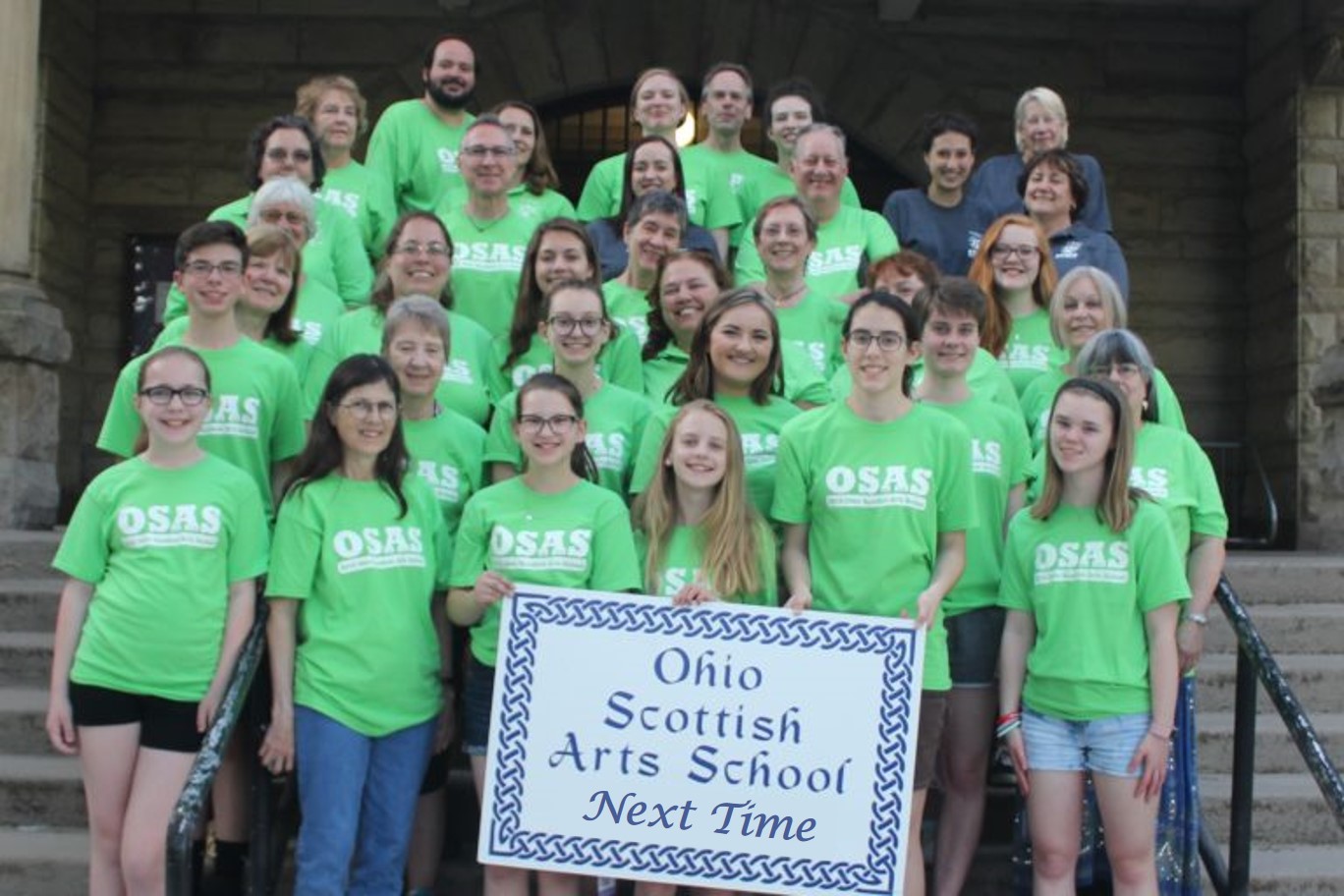 We’ll still be having our Tea –
We’ll still be having our Tea –
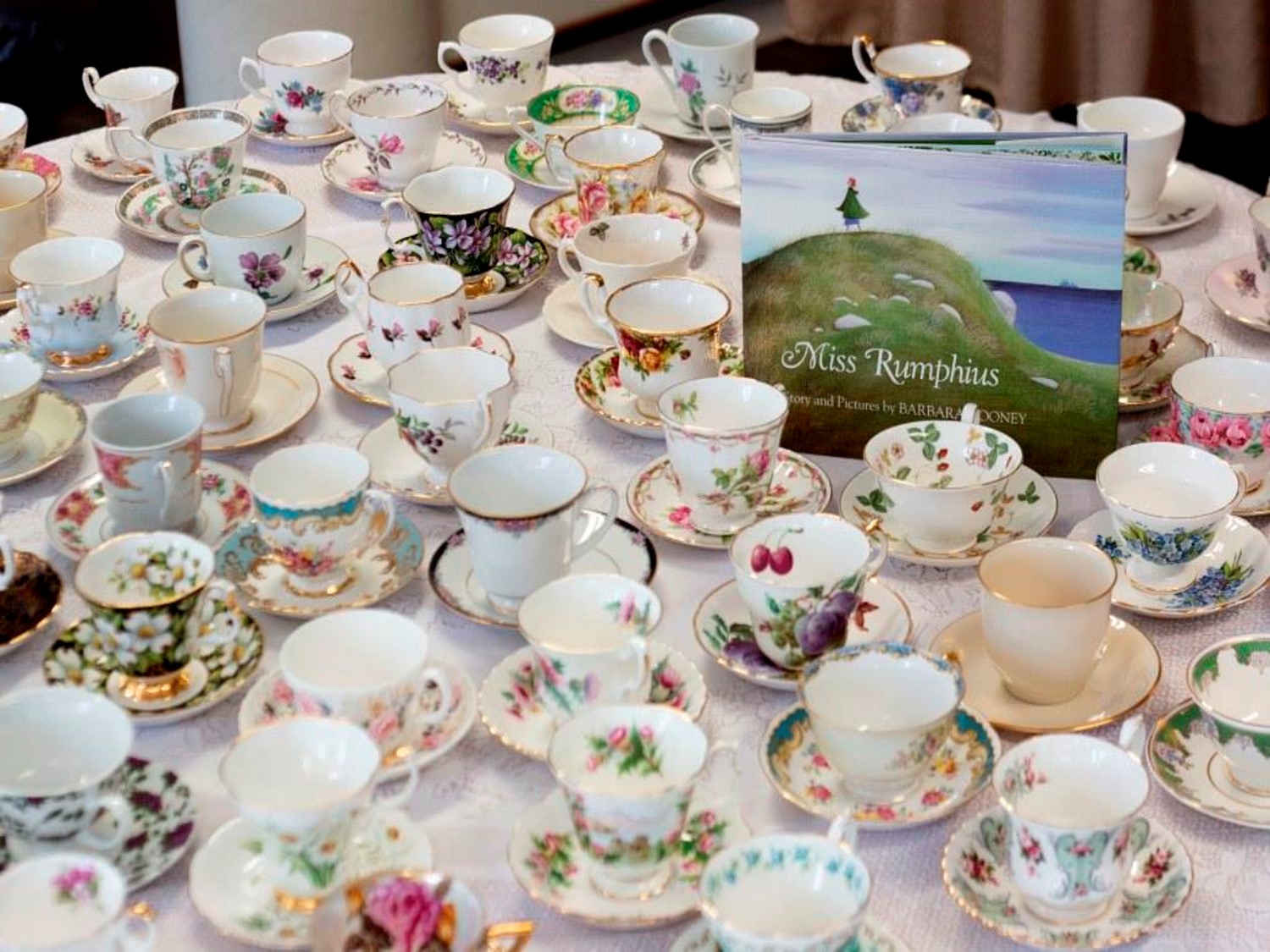 And enjoying many of the traditions that help make OSAS the event we love!
And enjoying many of the traditions that help make OSAS the event we love!
I am confident that, as usual, I’ll be busy being there and won’t take nearly enough pictures (screenshots?) to share here – but we’ll see what comes of it. If you’re going to be there – yea! Can’t wait to see you and catch up. And if you’ve missed out, it’s not too early to start planning for 2021… OSAS is always the last week of June running up to the 4th July holiday (in 2021, that will be 26 June – 2 July….go put it on your calendar now, because you don’t want to miss out twice in a row, do you?).
* All photos ripped from the OSAS website

